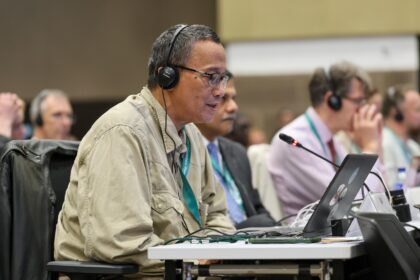[ad_1]
As London left the door open for it and NATO allies to return to Afghanistan in the event any “threat†re-emerges to the free world, the cost to the United States for the nearly two-decade war in the nation has been estimated at US$2.6 trillion and counting.
But even after the last American service member leaves Afghanistan later this year, as the Biden administration has pledged, the costs will continue to rise, according to Brown’s Watson Institute for International and Public Affairs, Military.com reported.
In its Costs of War report released Friday, the Watson Institute tallies the staggering expense of the nation’s longest war, as the Biden administration prepares to withdraw the last few thousand troops from Afghanistan no later than Sept. 11.
The analysis collected the estimated congressional appropriations for the war, including operations in both Afghanistan and Pakistan, Military.com reported.
The greatest single expense — $933 billion, or 41% of the war effort’s total costs — came in the Defense Department’s Overseas Contingency Operations spending, the report states.
The controversial OCO budget, which was used to pay for war efforts, was unaffected by budgetary caps imposed on the rest of the department and grew significantly over the years, Military.com reported.
But the DoD’s base budget also saw its own war-related increases, apart from the OCO budget and the costs of actually waging war in Afghanistan.
The Watson Institute said the military’s overall budget grew by an additional $443 billion, making it the third-largest cost of the war, Military.com reported.
The interest costs, totaling $530 billion, from borrowing money to pay for the war, make up the effort’s second-biggest expense.
Meanwhile, the UK “reserves the rightâ€Â to send its troops back to Afghanistan, including as part of a “unilateralâ€Â action, should it see a “threatâ€Â coming from this country again, UK Under Secretary for the Armed Forces James Heappey told MPs, RT reported.
If some part of the Afghan territory turns into “an ungoverned spaceâ€Â providing safe haven to international terrorists and threatening “the UK homeland or to the interests of our allies,â€Â London would not hesitate to act “unilaterally and multilaterally through NATO,â€Â Heappey, himself a former Army officer, who served in Afghanistan, said.
Still, he expressed his hope for a “lasting peace settlementâ€Â in Afghanistan, adding that it will “almost certainlyâ€Â involve the Taliban as part of the Afghan government.
Last week, the UK signaled that it would follow the suit of Washington and withdraw 750 of its troops remaining in Afghanistan to train local forces by September 2021, RT reported.
The news prompted some MPs to express concerns that the drawdown would essentially give the Taliban carte blanche and allow the militants to seize power in a forceful way.
Heappey responded that the Alliance would “go back in if those security situations deteriorate to such extent that our national security is threatened.â€
Last week, US President Joe Biden officially announced that American troops will leave Afghanistan by September 11. The pullout will miss the May 1 deadline agreed to by his predecessor Donald Trump. NATO confirmed that it would also begin pulling out its troops on May 1.
Meanwhile, The Watson Institute said in its analysis that the costs are not yet done accumulating, RT reported.
The latter does not include the costs of lifetime care for war veterans or future interest payments on money the US borrowed for the war.
The report estimates that up to 241,000 people died in Afghanistan and Pakistan as a direct result of the war.
The war cost the lives of 2,442 US troops, six DoD civilians, 3,936 U.S. contractors, and 1,144 allied troops, the report states. Between 66,000 and 69,000 Afghan national military members and police, as well as another 9,314 Pakistani troops and police, also died.
More than 71,000 civilians — roughly 47,000 in Afghanistan and 24,000 in Pakistan — died, according to the report. And more than 51,000 opposition fighters died in Afghanistan, as did another roughly 33,000 in Pakistan.
The report said that about 136 journalists and media workers, and 549 humanitarian workers, also died in the war.
[ad_2]
Source link












